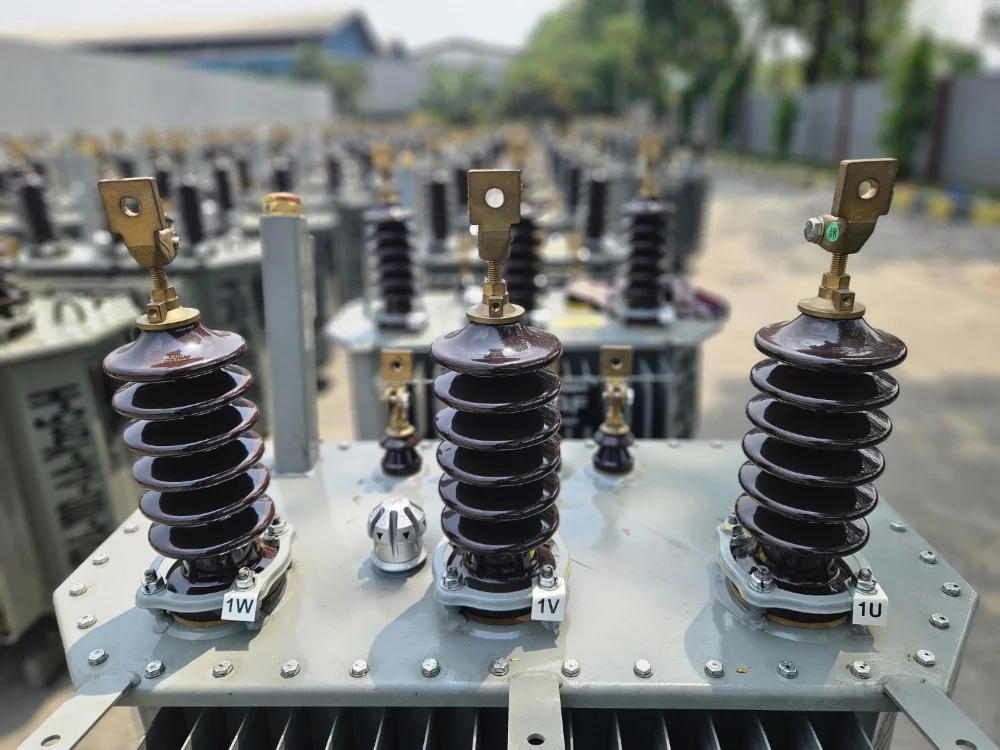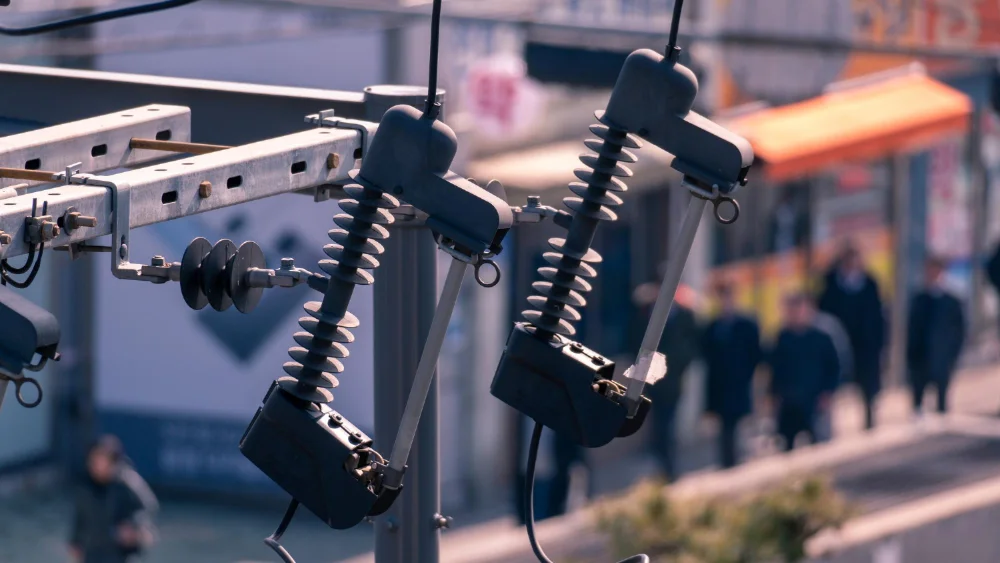Autotransformers – advantages, disadvantages, mode of operation and applications
 Autotransformers
Autotransformers
One of the basic devices used in the electric power industry are autotransformers. They are essential in situations where voltage transformation with a small ratio is required. They are used both in transmission networks and in industrial power supply systems, where they enable effective management of voltage levels. What are they, what types do we distinguish and what is their application in the power industry?
To minimize energy losses during long-distance energy transmission, voltage regulation is commonly used. Devices such as transformers or autotransformers are used for this purpose. What is their construction?
Autotransformers – scheme and construction
Unlike traditional transformers, autotransformers have only one winding, which is both primary and secondary. In the case of transformers, these are 2 separate, unconnected windings separated by insulation: primary and secondary. The winding is the basis of operation of both transformers and autotransformers, but the principles of operation and different construction in both types of devices affect their operating characteristics. Although both are designed to transform and regulate voltage in the network, they have slightly different applications.
Thanks to their construction, which in practice means that the primary and secondary windings are one component, the autotransformer has both a magnetic and electrical connection. This means that energy between the input and output circuits can be transferred both through a magnetic field and an electrical connection. Their relatively simple and intuitive design allows them to find wide application in the power industry.
Autotransformers – operating characteristics
Autotransformers are highly efficient in situations where there is a need to transform voltage with a small ratio, e.g. from 230 to 115 V or from 220 to 110 V, or a high-voltage autotransformer from 400 kV to 220 kV. Autotransformers can operate with a fixed ratio or with a variable ratio. Its change is made:
- stepwise – using taps, which are an additional electrical connection of the winding, allowing for obtaining different voltage values
- smoothly – the autotransformer is regulated smoothly, e.g. using a knob. Changing the ratio value in such a case most often allows for voltage regulation in the range of 0%-130% of the supply voltage or, less frequently, 90%-110%
Types of autotransformers
There are several types of autotransformers. The first type, with a simpler design, are autotransformers without the possibility of changing the input to output voltage ratio, i.e. with a fixed ratio. There are also autotransformers with adjustable voltage. The above-described regulating autotransformers using a knob are used, for example, in electrical engineering laboratories, where the operation of electrical devices at different voltages is tested and analysed.
Among the devices that allow voltage regulation, there is also a 1-phase autotransformer, which has one column with a winding, or a 3-phase autotransformer, which has 3 columns with one winding wound on each of them and taps that allow voltage regulation in a stepwise manner.

Advantages of autotransformers
Like any solution, autotransformers have their advantages and disadvantages. Among the most frequently mentioned advantages, one can find, for example, a relatively simple and intuitive design, which translates into their greater availability and lower price. In addition, such devices are more mobile, easier to transport and install.
Another advantage of autotransformers is the high efficiency of these devices, which reaches maximum values of up to 99%. Due to the low number of losses, it is a very effective and economical solution. In addition, despite their compact size, they are characterized by high power, especially when the power to weight and size ratio is taken into account. They are used for various applications, e.g. in renewable energy sources, where an autotransformer for photovoltaics can affect the voltage reduction. However, it is important that it is a properly selected device and installed in a professional manner.
Disadvantages of autotransformers
What are the disadvantages of autotransformers? First of all, attention is drawn to the low short-circuit impedance. Due to the lack of galvanic separation, interferences generated on the primary side, i.e. any type of short circuit, are transferred to the secondary side, which can pose a danger to devices connected to the network and can be dangerous to users. In addition, despite the relatively wide range of applications, autotransformers, precisely because of the lack of galvanic isolation, cannot be used in certain conditions, which is regulated by laws and norms, e.g. in the field of safety.
Summary
Where, in view of the information provided above, are autotransformers best suited? First of all, in installations where energy efficiency is key (due to their savings) and where there are small voltage differences between input and output. They are often used in home installations, in small, mobile installations, where their compact size is important. They can also find more specific applications, such as regulated autotransformers used in laboratories.